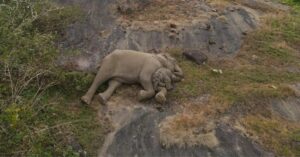TBI Blogs: Did You Know That Preserving Ladakh’s Ecosystem Is Inherently Tied to Snow Leopard Conservation?
In a region where people mainly live by keeping herds of cattle, an apex predator like the snow leopard is a dreaded animal. The tale of this fear’s transformation into a spirit of co-existence is remarkable.
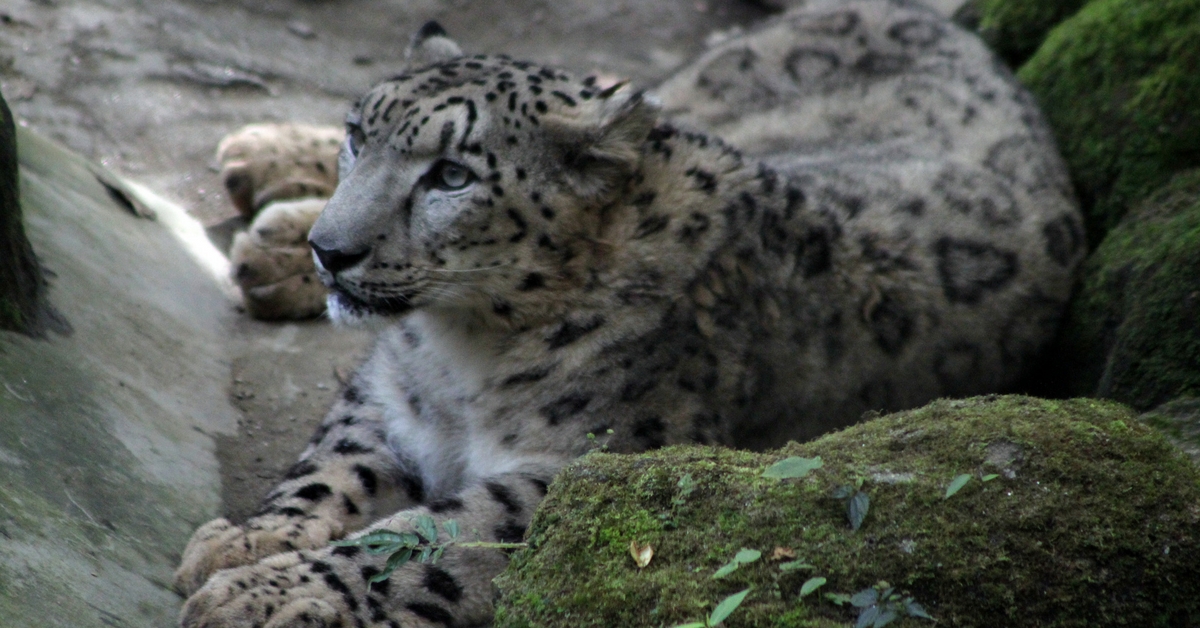
In a region where people mainly live by keeping herds of cattle, an apex predator like the snow leopard is a dreaded animal. Sujata Raghavan explores the remarkable tale of this fear’s transformation into a spirit of co-existence.
Framed by the world’s highest mountain ranges – the majestic Himalayas and the Karakoram – Ladakh is easily one of the most strikingly beautiful regions in the country. In the upper reaches, the white dazzling sheet of snow lies over its rugged landscape, giving it an incomparable sheen. With its rugged mountains and sub-zero temperatures, Ladakh is an icy desert that sustains an intricate eco-system.
It is here, in these pristine, snowy environs, that a magnificent animal lives—the snow leopard. It is often called the ‘grey ghost’ because it comes and goes, and yet nobody really knows that it is there. With its smoky, speckled fur of different hues of yellow and grey, the animal literally merges into the landscape of dark boulders and sheets of snow.
The snow leopard is an apex predator in a food chain that includes a variety of Himalayan fauna.
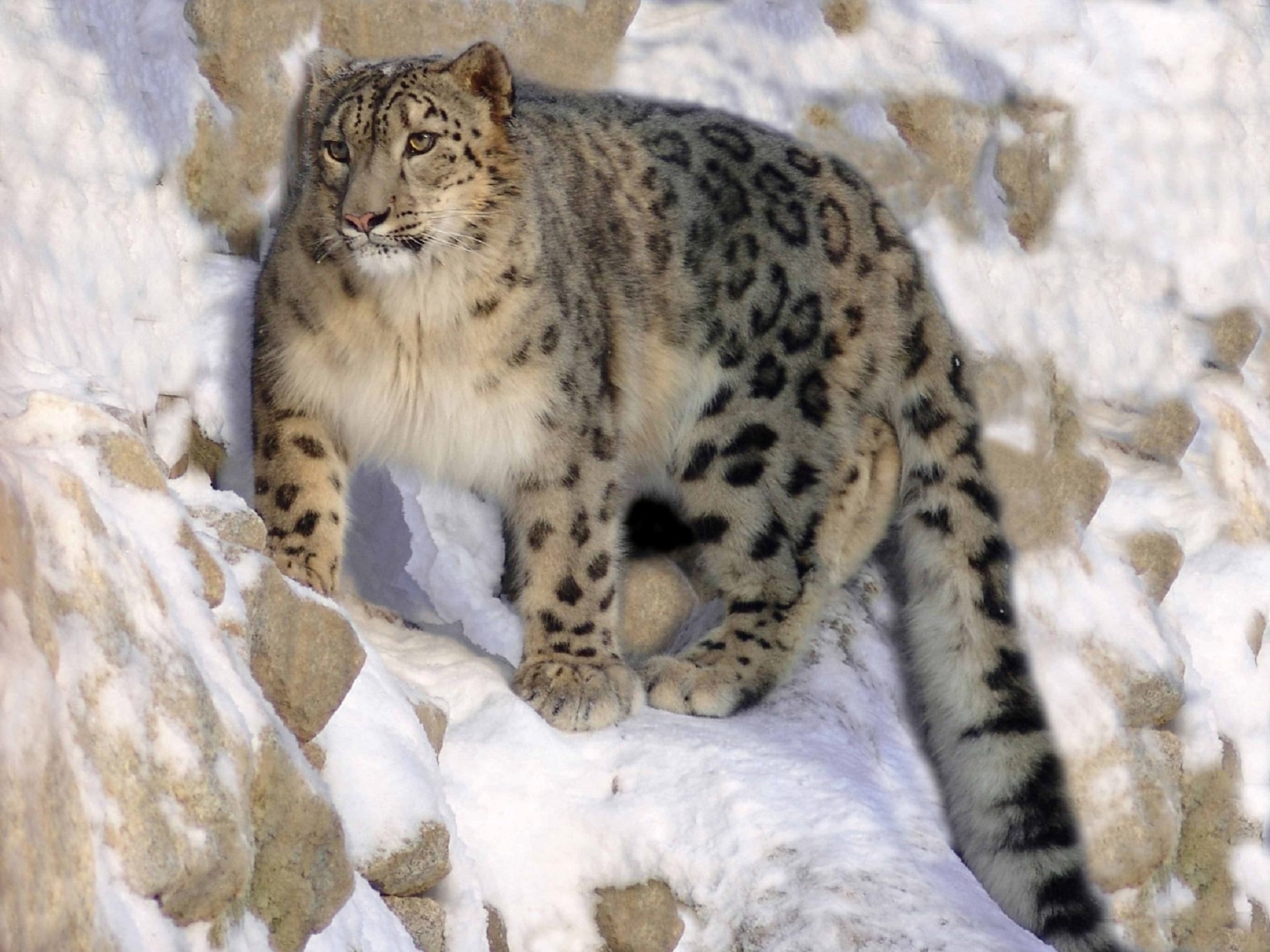
The Snow Leopard is an elusive being, rarely seen. Even so, it faces danger. Locals like Tsewang Norboo, a cattle herder in Ulley in the Sham Valley, shudder to remember their encounters with the animal. “Shan (snow leopard in the Ladakhi language) killed my three-year-old Dzo!” he recalls. Dzo is a yak-cow breed found extensively in the region where a significant population lives by cattle-breeding. The woollen coated yak, sheep, and goats are reared for their wool, milk and meat. These are vulnerable to the attacks by the Snow Leopard.
Sadly this sends into motion a chain of counter-killings, and becomes a trigger for revenge by the community. Country-made traps are used to capture the animal that meets its ghastly end, often by being stoned to death. “Honestly, I used to hate snow leopards,” says Norboo. “They would often hunt and kill our animals. My family and I didn’t have much choice but to hunt them back. It was them or us.”
It is this point of confrontation, this age-old conflict between man and wildlife, that the Snow Leopard Conservancy, India Trust, (SLC (IT)) has sought to resolve. Registered in India in 2003, the organisation is dedicated to promoting innovative community-based ownership to conserve the snow leopard, its prey, and habitat.
The approach is to transform the conflict between human beings and snow leopard by emphasising co-existence for mutual benefit.

In its own habitat, the snow leopard hunts and feeds on various species such as the Himalayan Marmot, and the Bharal or “blue sheep”, its natural prey. Only, when this runs short, the animal is forced to venture into human habitation at lower heights. In order to conserve the snow leopard, it is critical to conserve its entire eco-system, that includes its natural prey. This would make it unnecessary for the snow leopard to venture beyond its natural habitat into human territory to hunt for food. This understanding has shaped SLC (IT)’s approach. It is involved in research as well as promotion of sustainable practices aimed at conserving the entire “food chain” in which the snow leopard is the “apex” predator.
The attacks on livestock being the flash-point for retributive action by the community, and indeed for their deep resentment of the snow leopard, it was important to protect the different cattle breeds in the region. The practice was to keep sheep and goat in open-air pens at night that a snow leopard could easily enter. With community help, SLC (IT) constructed enclosures with a roof that would block this easy entry, making it “predator proof”. Horses too would fall prey, as they tend to graze beyond the watchful eyes of their herders. The SLC team took steps to tighten this vigil by inculcating better herding practices.
Strong enclosures protect the livestock from the snow leopard and build the confidence of the community.
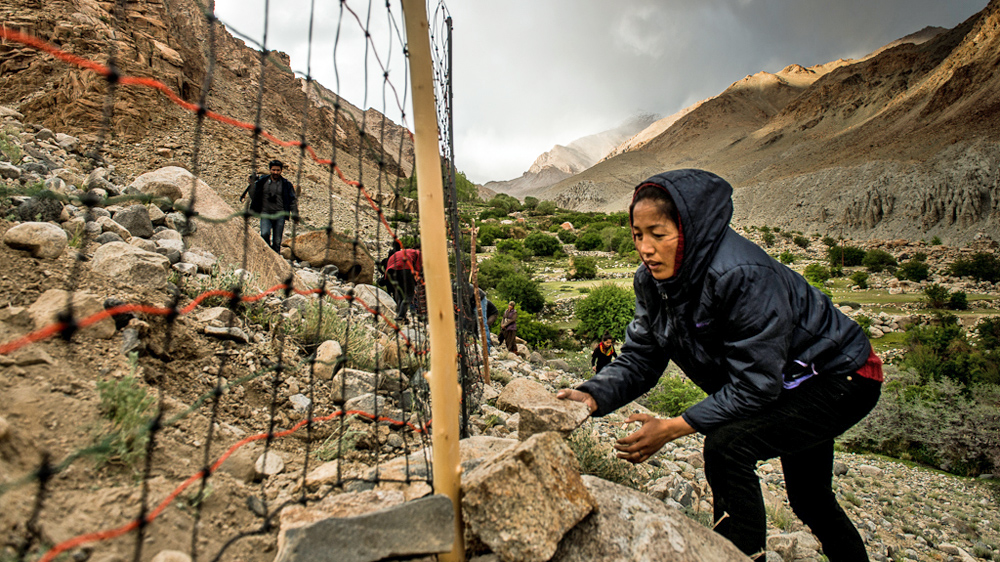
It was crucial that the community saw the conservation of the Snow Leopard and its prey, as more than a concept and as a core aspect of their own lives and livelihoods. With support from The Mountain Institute and UNESCO, SLC (IT) launched the Himalayan Homestays programme in 2002. Tourists could live in traditional Ladakhi homes, mingle with the family, and eat and live the way a Ladakhi does. The programme is a big draw, and today there are Homestays in more than 40 villages across regions including Sham Valley, Rong Valley, and the remote Zanskar.
For the family providing the home-stay – trained and hand-held by the SLC (IT) team in hospitality and hygiene – it was an opportunity to earn from the home-based enterprise. The households had to agree to stop killing the snow leopard, even if the predator attacks their livestock. Also, 10 % of the income the Homestay generates goes into a fund for general environmental protection. The Trust has taught many villagers to make traditional clothing and handicraft items to sell as souvenirs.
SLC (IT) trains local youth to be nature guides and trackers for the guests at the Homestays. With their insights into the nature and wildlife in the region, they are an invaluable resource for tourists. Says Dr. Tsewang Namgail, Director, SLC, “ The experience of local life and cultural patterns in our Homestays fosters an appreciation of nature and wildlife. They benefit from tourists coming from across the world to the region. To cherish and protect the Snow Leopard, its prey, and its habitat then comes naturally to the community.”
In early 2015, in Temisgam village, Sham Valley, a snow leopard entered a night-time enclosure for animals. It then killed some goats. Normally this would have set alarm bells ringing, whipped up anger amongst the community, and had them baying for blood of the predator. Instead, what happened was extraordinary. Taking the lead, the youth in the village called the J&K Wildlife Department to rescue the animal.
Word spread around and several people, mainly youngsters from nearby villages, gathered to support the Department in the rescue efforts.
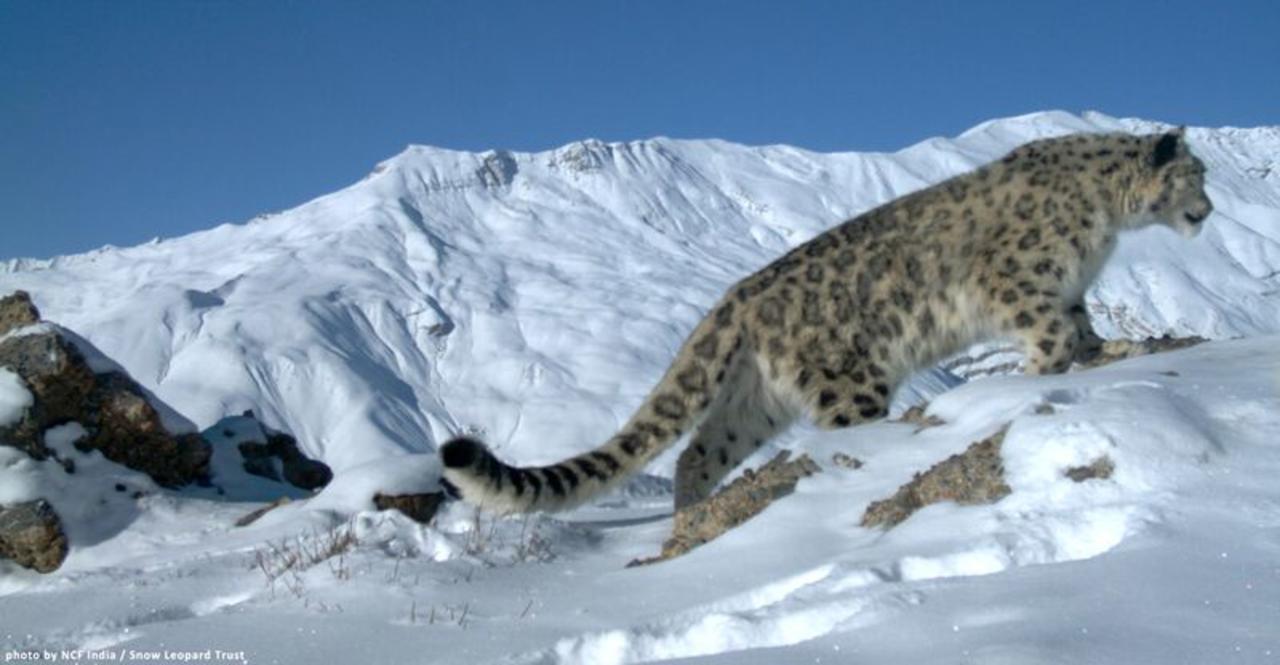
Dr. Namgail notes this with a sense of quiet satisfaction, “15 years ago, this would not have been possible. The opposite was likelier.” Indeed, the community is no longer a foe of snow leopards, but their ally. If we based the link between humans and wildlife on co-existence, both can live in peace.
At last, the elusive Grey Ghost, Ladakh’s snow leopard, need not live in fear. It can roam free in the snowy heights of its natural habitat.
(The author has been involved in building networks of rural writers to write on development issues. She is Senior Manager, Projects at Charkha.)
Find out more about the Snow Leopard Conservancy India Trust and its efforts to protect Ladakh’s fragile ecosystems on its website.
Featured Image Source: Flickr
Like this story? Or have something to share? Write to us: [email protected], or connect with us on Facebook and Twitter.
NEW: Click here to get positive news on WhatsApp!
This story made me
-
97
-
121
-
89
-
167
Tell Us More
We bring stories straight from the heart of India, to inspire millions and create a wave of impact. Our positive movement is growing bigger everyday, and we would love for you to join it.
Please contribute whatever you can, every little penny helps our team in bringing you more stories that support dreams and spread hope.






